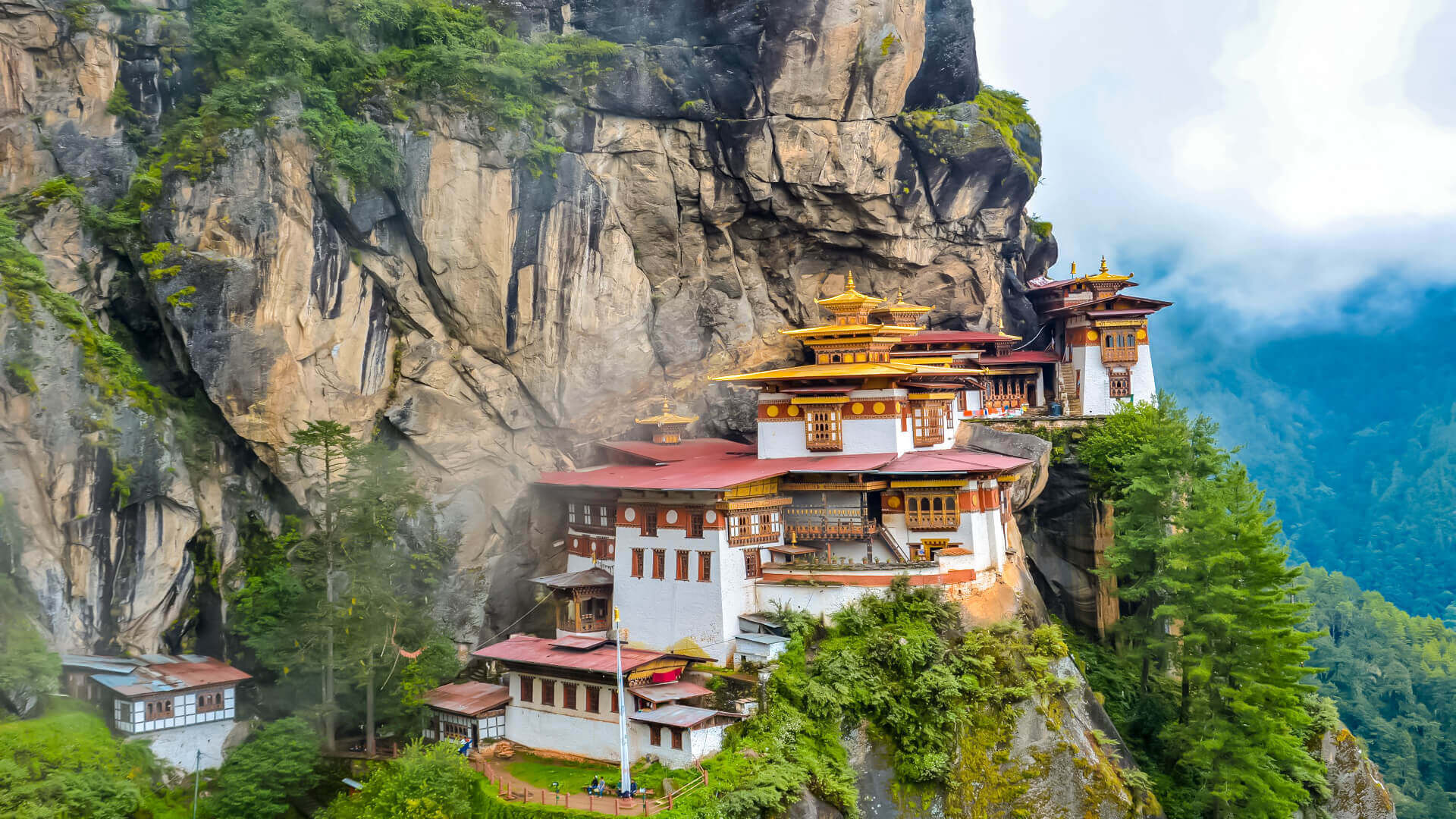[lwptoc]Bhutan, formally the Kingdom of Bhutan, is a sovereign landlocked state in South Asia’s eastern Himalayas. Bhutan is bounded to the north by China and to the south, east, and west by India. It is divided from Nepal by the Indian state of Sikkim to the west, and from Bangladesh by the Indian states of Assam and West Bengal to the south. Thimphu is the capital and biggest city of Bhutan, whereas Phuntsholing is the country’s financial hub.
Bhutan’s King is known as Druk Gyalpo, which translates as “Thunder DragonKing.” The geography of the nation ranges from lush subtropical plains in the south to sub-alpine highlands in the north, with peaks rising over 7,000 meters (23,000 feet). Gangkhar Puensum, Bhutan’s highest peak, is also a strong contender for the world’s tallest unplanned mountain.
Bhutan has significant cultural connections with Tibet and is situated on the Silk Road, which connects China and the Indian subcontinent. Until the early 17th century, its realm was made up of tiny fighting fans. Lama and the military commander Ngawang Namgyal, the first Zhabdrung Rinpoche, unified the area at the time and created a distinct Butan identity. Bhutan established diplomatic ties with the British Empire around the turn of the twentieth century. Bhutan signed a friendship pact with newly formed India in 1949, during the advent of Chinese Communism and its spread in Tibet. Under the fourth Druk Gyalpo, the state broke free from its historical seclusion. Bhutan transitioned from absolute monarchy to constitutional monarchy in 2008, and conducted its first general election. In the same year, the fifth Druk Gyalpo took the throne. Bohemian democracy arose as a nonpartisan system.
Bhutan, a UN member, has diplomatic relations with 52 nations and the European Union, but not with the five permanent members of the UN Security Council. It has a strong strategic relationship with its neighbor, India. He established the South Asian Association for Regional Cooperation (SAARC). He is also a BIMSTEC member. Bush’s economy is mostly reliant on hydroelectric power plant exports. Bidar has the highest per capita income in SAARC, behind only the Maldives.


